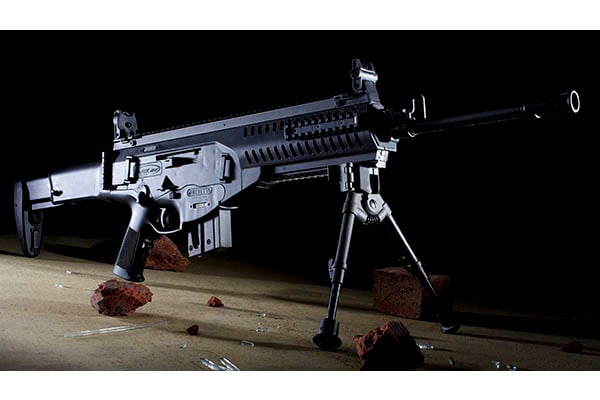
Last Updated on
By Guy J. Sagi
Beretta’s ARX 100 and ARX 160 have the sculpted lines racing enthusiasts have come to expect from exotic Italian cars—without the price tag. The latter rimfire’s similarity to the 5.56 NATO version also allows inexpensive practice that accurately reflects centerfire drills, although the siblings have some subtle differences other than chambering.
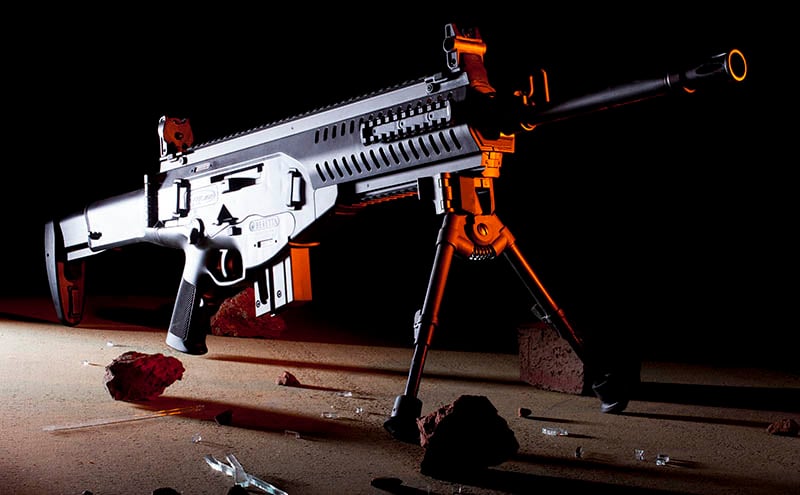
Not long ago, the odds of seeing a unicorn in the HOV lane during your morning commute were better than finding .22 Long Rifle ammunition on store shelves. The shortage is finally easing, and those range-side rimfire smiles are reappearing.
It’s a big relief, and the assortment of rifles no longer collecting dust include everything from family-heirloom bolt actions, to racy looking semi-automatics, like the relatively new Beretta ARX 160. It’s often in the hands of more-serious shooters intent on polishing his or her skills without centerfire expense, but the end-of-session grin’s the same.
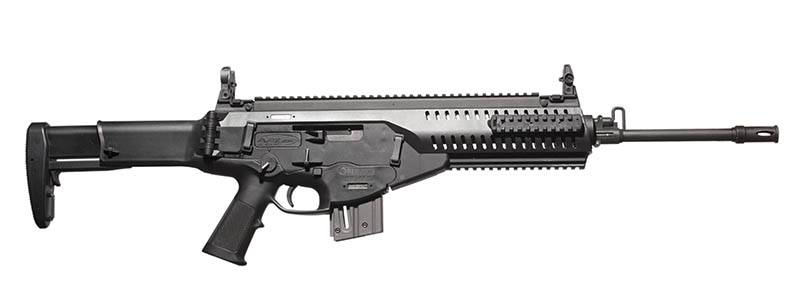
Cosmetically, the sleek-looking ARX 160 is very similar to its big brother, the ARX 100, precisely why some use it for drill practice—the latter, chambered in 5.56 NATO, is currently employed by at least one elite Italian military unit. There are some easily overlooked differences, however, that may or may not be significant for your application.
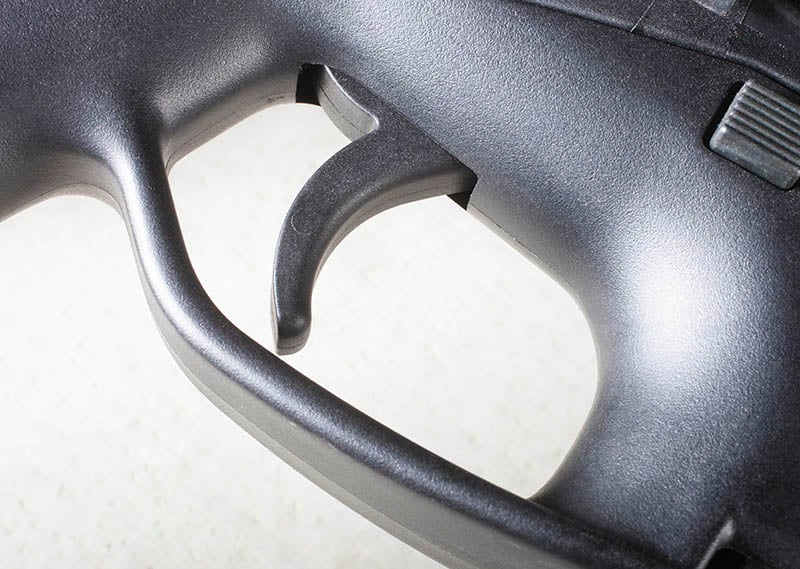
In testing, both versions performed remarkably well. The ARX 100 produced 1.25- to 1.5-inch five-shot groups consistently at 100 yards from the prone position using a bipod. It preferred Federal Premium Match .223 Rem., and if three-shot groups were employed they’d hover in at a shade more than an inch. That’s very respectable, out of the box, for a firearm whose main mission isn’t necessarily precision.
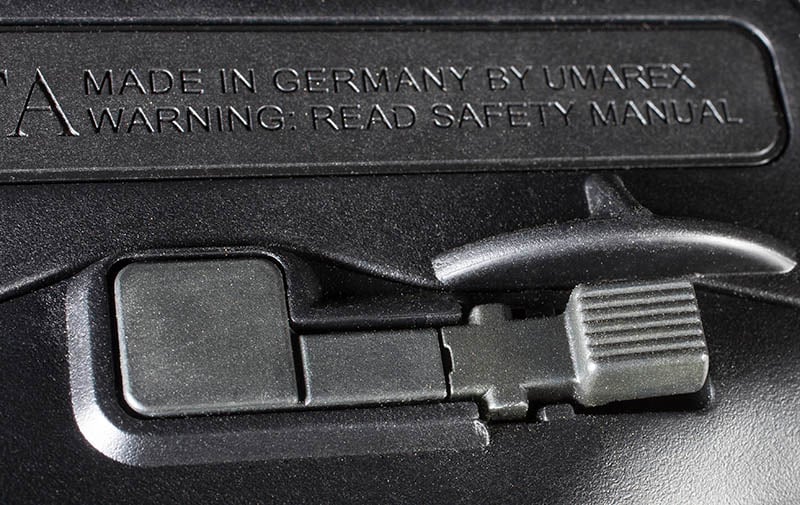
The .22 Long Rifle ARX 160 was tested similarly at 50 yards—it’s a rimfire, after all—and consistently produced 1.5-inch groups. It wouldn’t cycle properly with subsonic ammunition, though. Other than that, both carbines performed flawlessly with no failures to feed, stoppages or malfunctions.
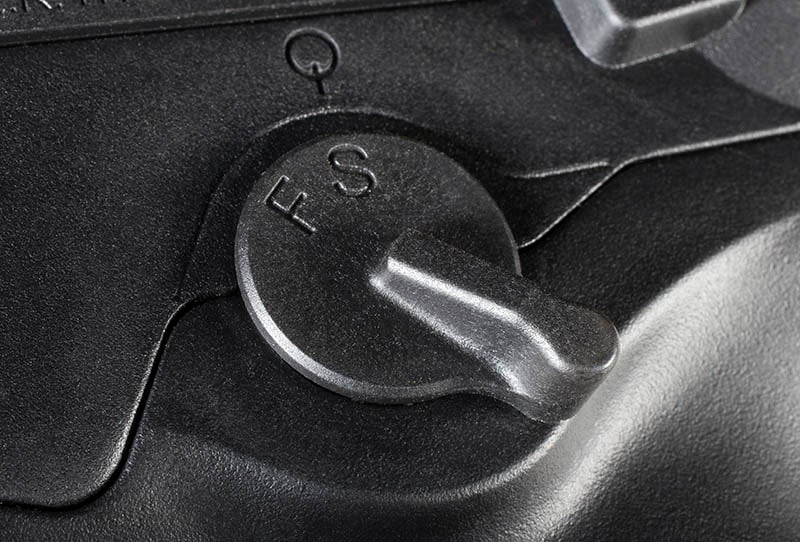
The “fun factor” was indeed identical. Recoil is either negligible or non-existent for the semi-automatics and they’re a pleasure to shoot. If you’re expecting an AR-15 feel, though, it will probably take three or four magazines before you warm to the ergonomics. The bloodline is Italian, and that puts more emphasis on sensual curves than sharp edges.
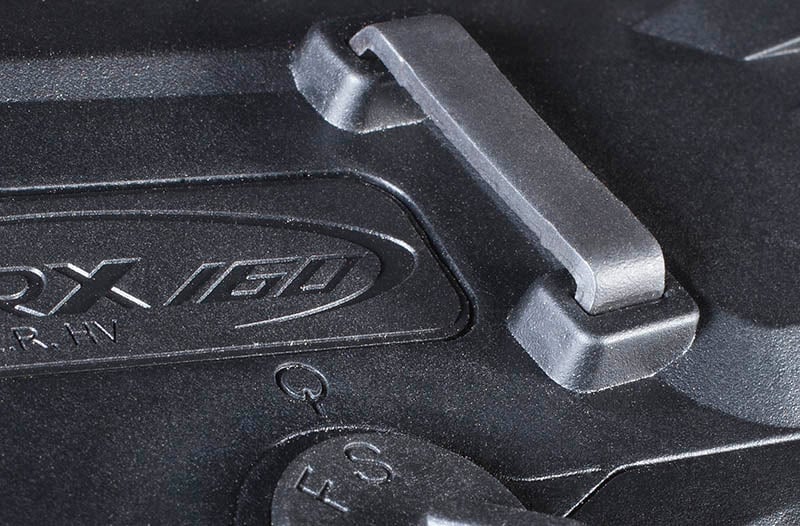
Both come with A2-style, birdcage flash hiders, pistol grip, enough sling-mounting points to satisfy every shooter, and an adjustable-length stock, which can also be folded and secured to the right side for easy transportation or storage. The hinges that allow this to be done are robust on both versions, and should survive years of abuse. There’s no rattling and the receiver lug that holds the folded stock is so solid that it takes downward pressure to execute its release.
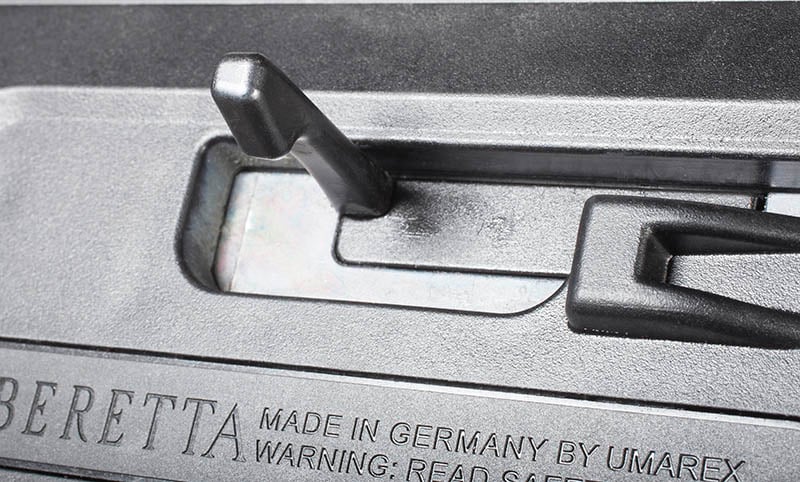
For lefties, the charging handles can be changed to either side and the lower receiver has ambidextrous magazine releases and safeties. A flip-up, adjustable diopter sight rides at the rear of the top rails, while a flip-up elevation-adjustable post up front completes the sight picture. On the ARX 100, the sights remove by depressing a button and sliding them off. The rimfire version’s, however, are secured by roll pins, making replacement more of an effort. Aftermarket optics can usually be secured quickly on leftover rail space. Depending on eye relief, the rimfire’s rear sight could get in the way.
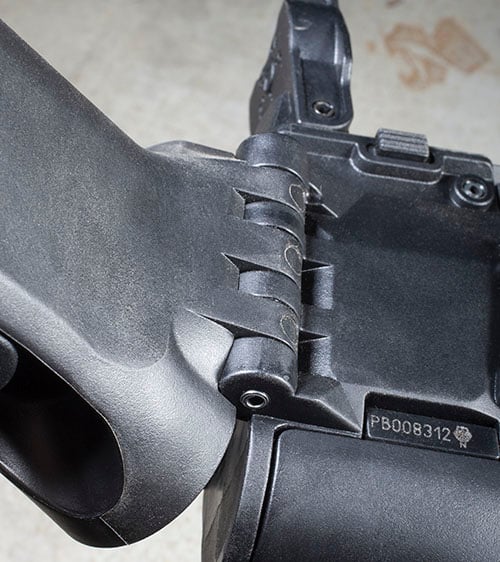
Four-inch Picatinny rails are found on the sides up front on the ARX-100, but the pair measure 4.5 inches long on the ARX-160. Both have a full-length version under the receiver for mounting a bipod or accessories, although the rear portion of the centerfire’s comes covered with an easily removed dustcover.
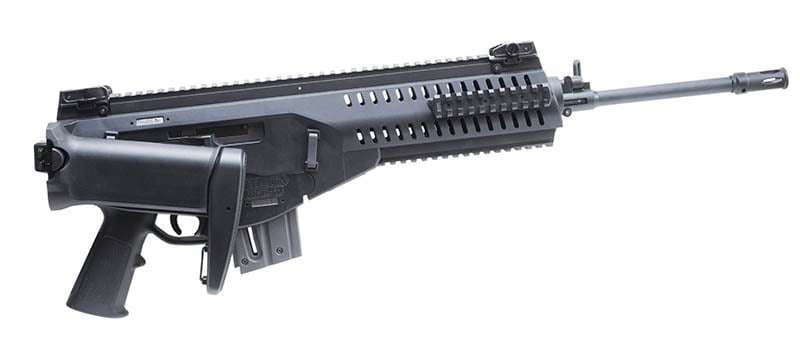
Unlike Beretta’s CX4 carbine line, the ARX 100 uses AR-15 magazines, a distinct advantage considering the aftermarket flavors currently available. A variety were tested in the gun—from Magpul to six different OEM versions—and all functioned flawlessly, seating with a confidence-inducing “click.”
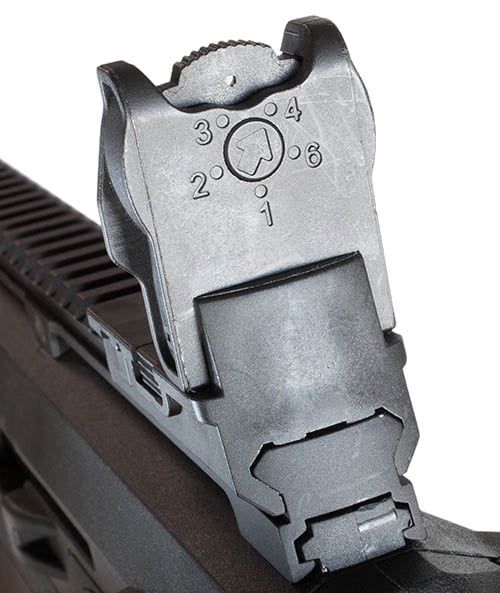
The ARX 160’s stock magazine has a five-round capacity, although the company offers 30-round versions. Reloading a rimfire after a half-dozen rounds can become a chore and the reduced volume may compromise drills—so invest in the larger magazine.
The ARX 160 is plainly marked “Made in Germany by Umarex,” a company known for producing high-quality rimfires, although the number of times the name Beretta appears makes it obvious the companies worked in concert on the design. The centerfire ARX 100 says “Beretta USA Corp.” on the receiver. The rimfire is blowback operated, while the centerfire uses a short-stroke gas piston. Takedown is a snap on each, and Beretta emphasizes the fact the centerfire’s barrel is easily changed in the field.
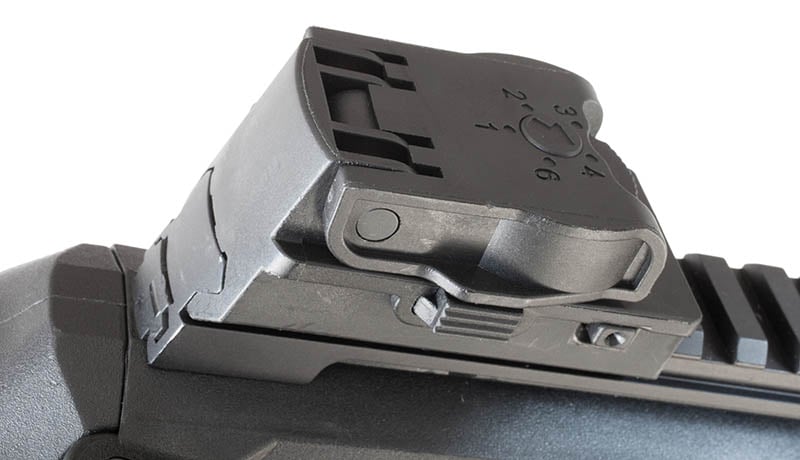
Dimensions are also different, although not significant enough to notice until held side by side. The ARX 160 has a barrel length of 18.11 inches and overall length of 36.2 (34 inches with the stock collapsed). The ARX 100, on the other hand, has a tube of 16 inches and stretches out at 35.75 (33 collapsed). Fold the stocks, and the rimfire is 27.5 inches long while the centerfire comes in at 26.5. The .22 version is also taller and fatter, although it does manage to weigh slightly less.
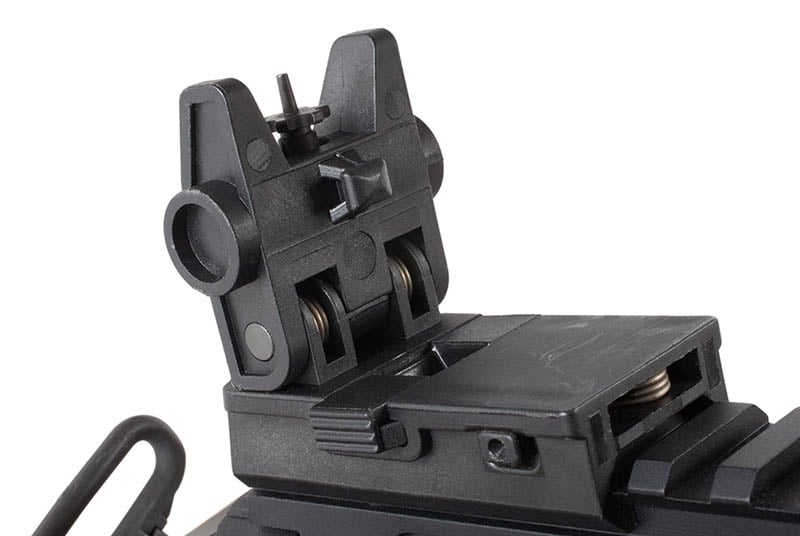
Both guns are fun, accurate and live up to the enviable Beretta reputation has built for reliability in the toughest conditions. The M9’s longevity and performance says it all. You can’t go wrong adding one or the other of these longarms to your collection.
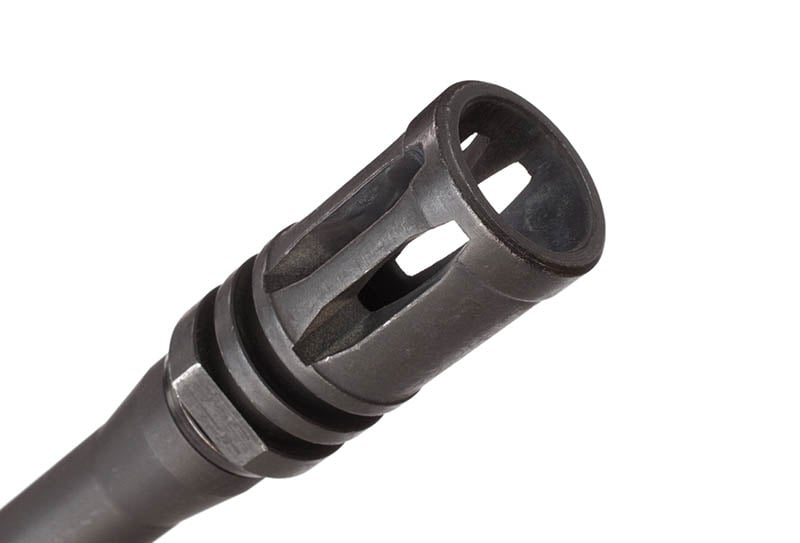
If your purchase is more serious, and you’ve decided to go “full race” in your home-defense gun with an ARX 100, however, its smaller brother does a very good job in providing an inexpensive platform from which to practice. Add a 30-round magazine, and those rimfire drills are more productive than ever before.
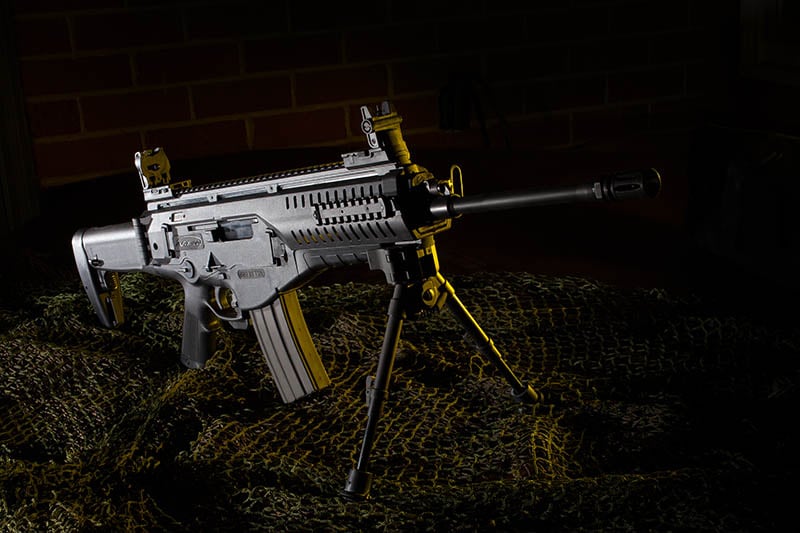




Leave a Reply